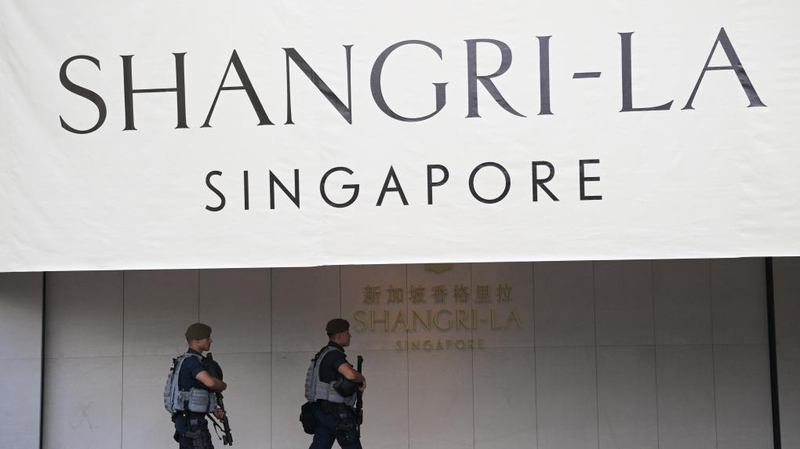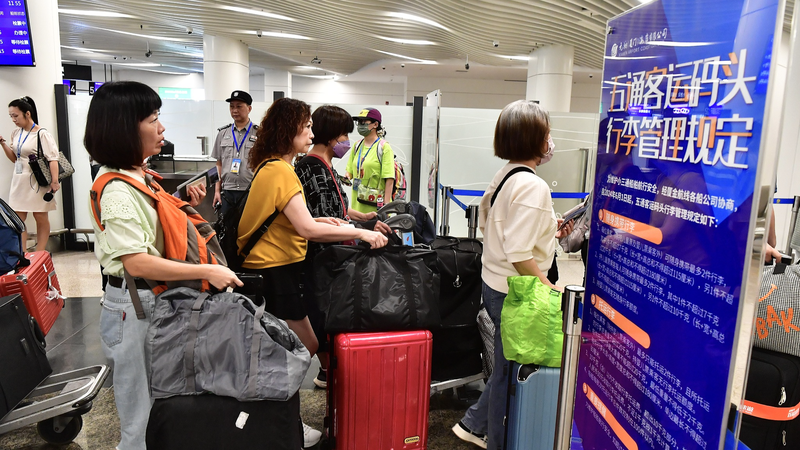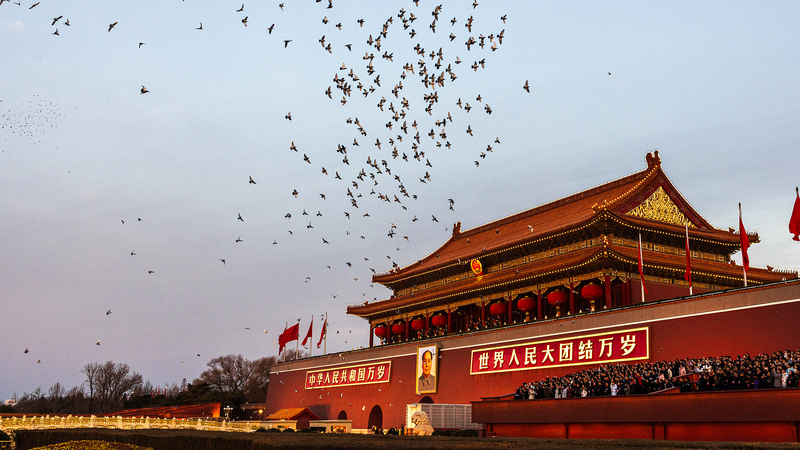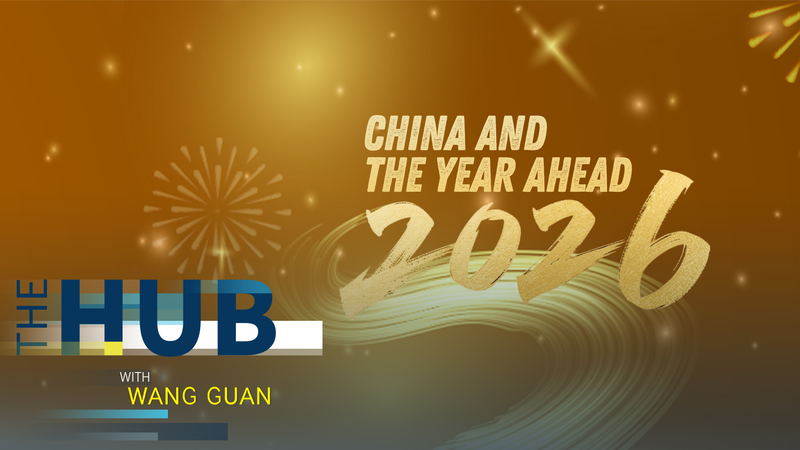This year at the Shangri-La Dialogue in Singapore, the global security stage was set for a high-stakes debate. On one side, the U.S. is warning of a growing threat from China while gearing up for a major military build-up. U.S. Defense Secretary Pete Hegseth declared, "America is proud to be back in the Indo-Pacific – and we're here to stay," hinting at an aggressive posture that includes plans for new cutting-edge weaponry and a renewed warrior ethos. 🚀
Across the table, China has taken a very different stance. Emphasizing peace and cooperation, Chinese voices have pushed back against Cold War mentalities. Advocates for a shared future stress that Asia’s stability rests on common values—peace, openness, and inclusiveness. Remarks from Chinese leadership, including insights from Chinese President Xi Jinping, have underscored a security model prioritizing dialogue and joint development over division.
The contrasting views were set against a backdrop of significant investments, with the Trump administration planning to spend over $1 trillion next year on military enhancements. While the U.S. approach centers on deterrence and bloc-building, China champions an agenda for common, comprehensive, and sustainable security—a vision many see as key to building a bright, cooperative future in Asia. 🌏🤝
For young people watching these developments, the message is clear: the choices made by global leaders today could shape tomorrow's world. Whether through escalation or collaboration, the strategic direction of the Indo-Pacific will influence opportunities, growth, and peace for generations to come.
Reference(s):
U.S. projects China 'threat' while China proposes shared future
cgtn.com




